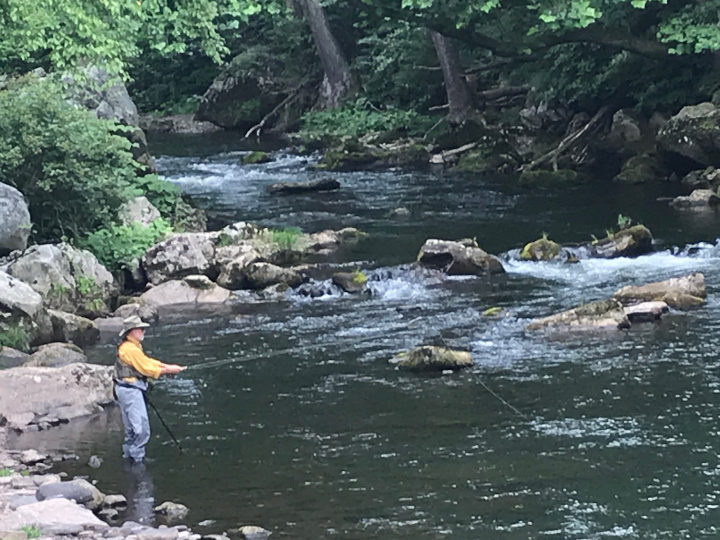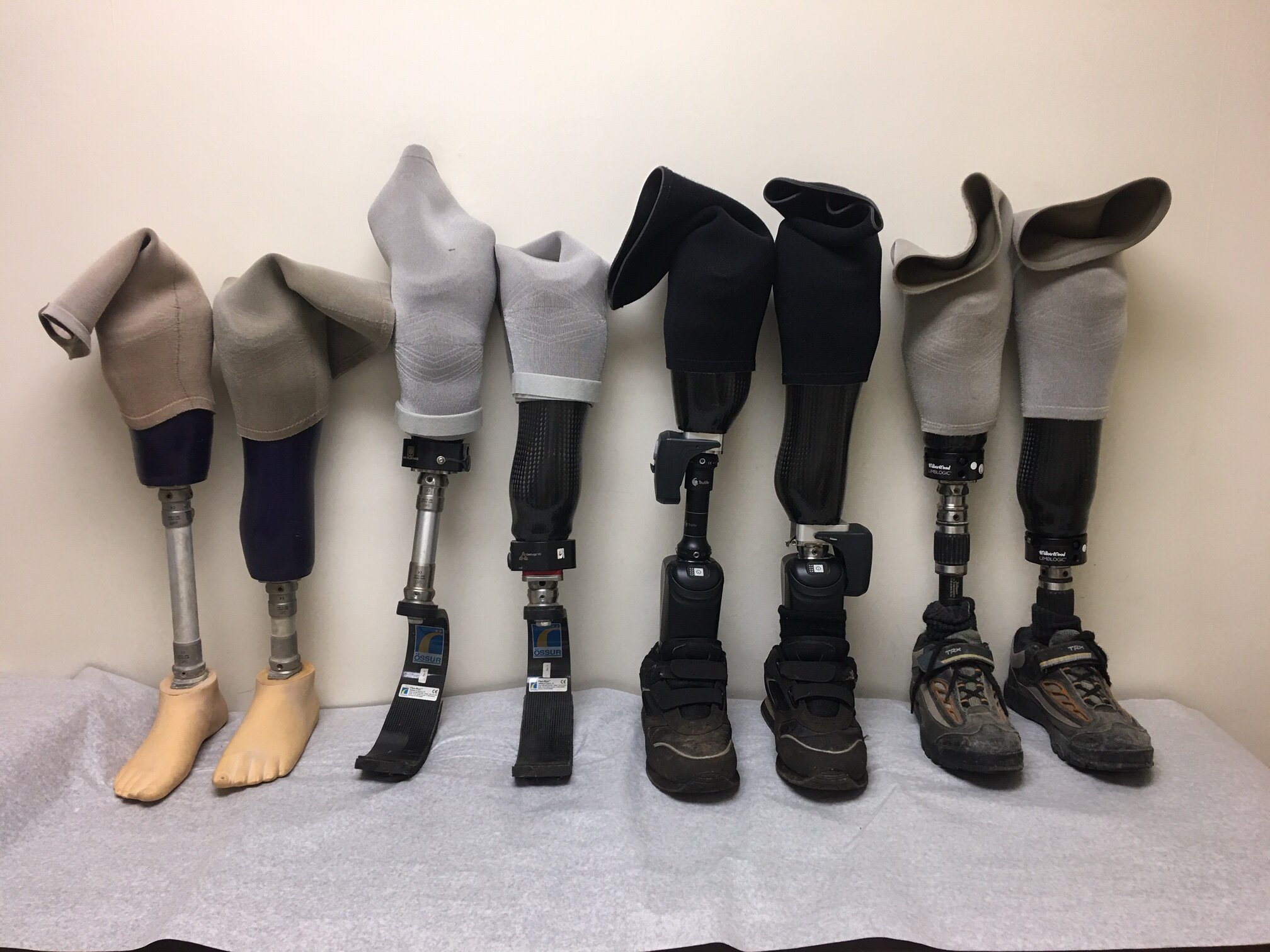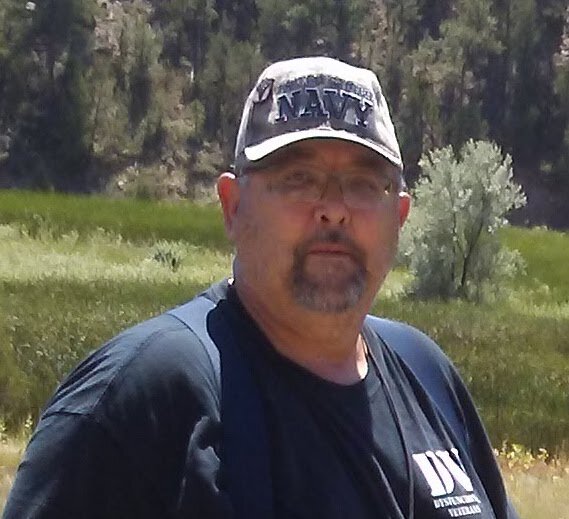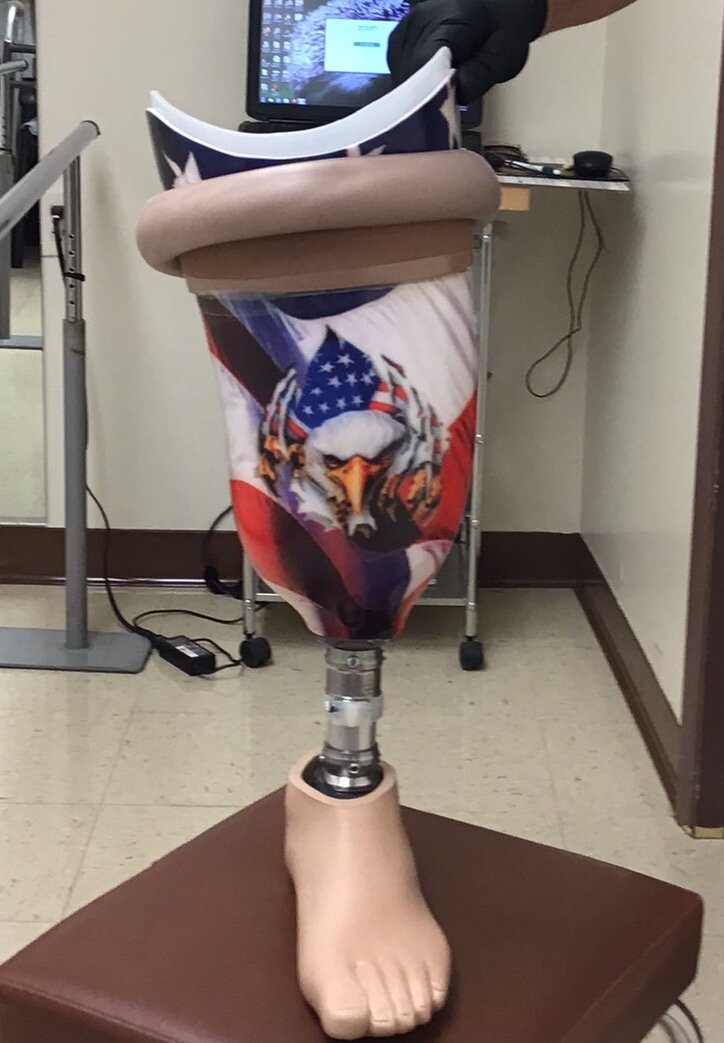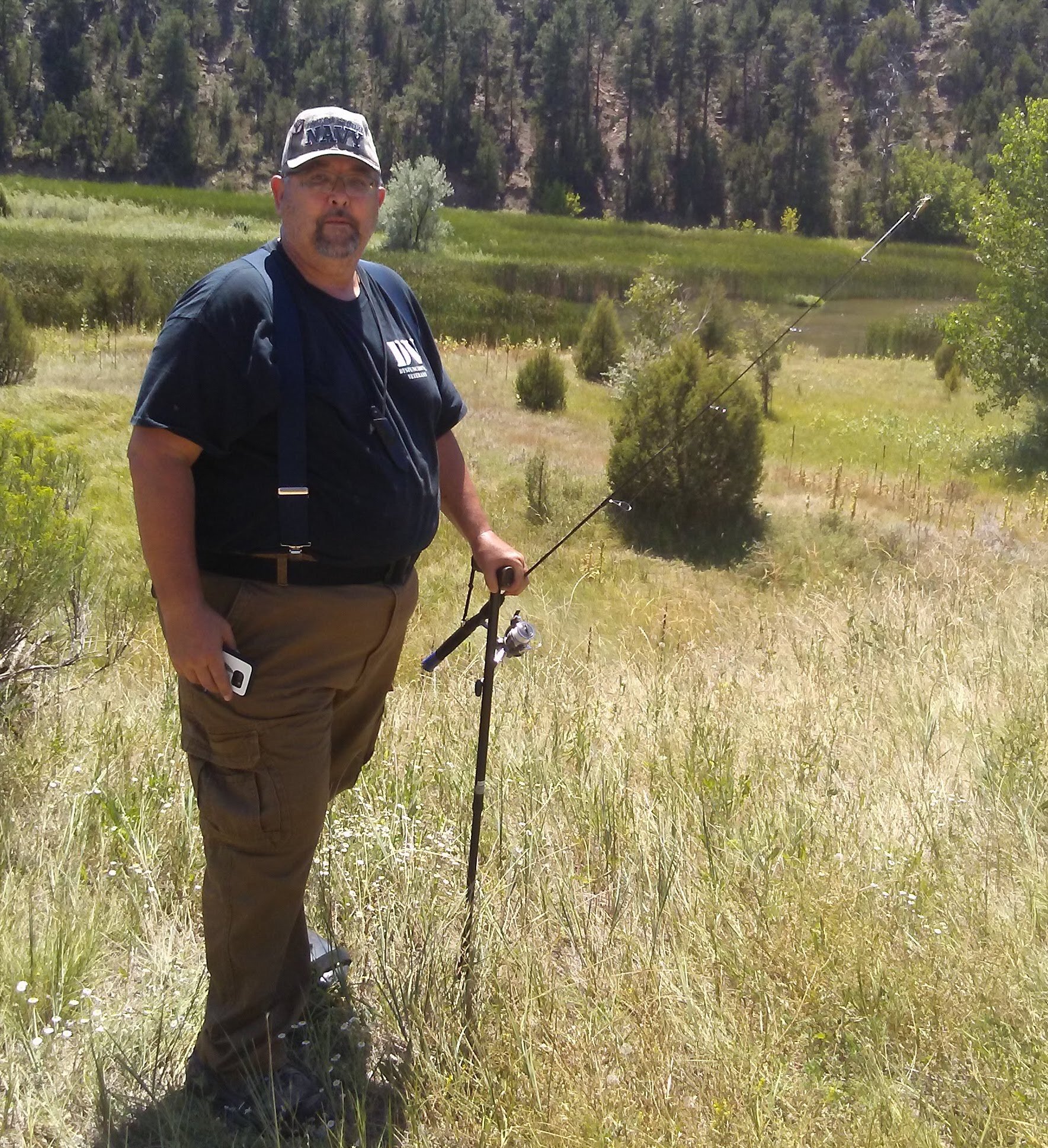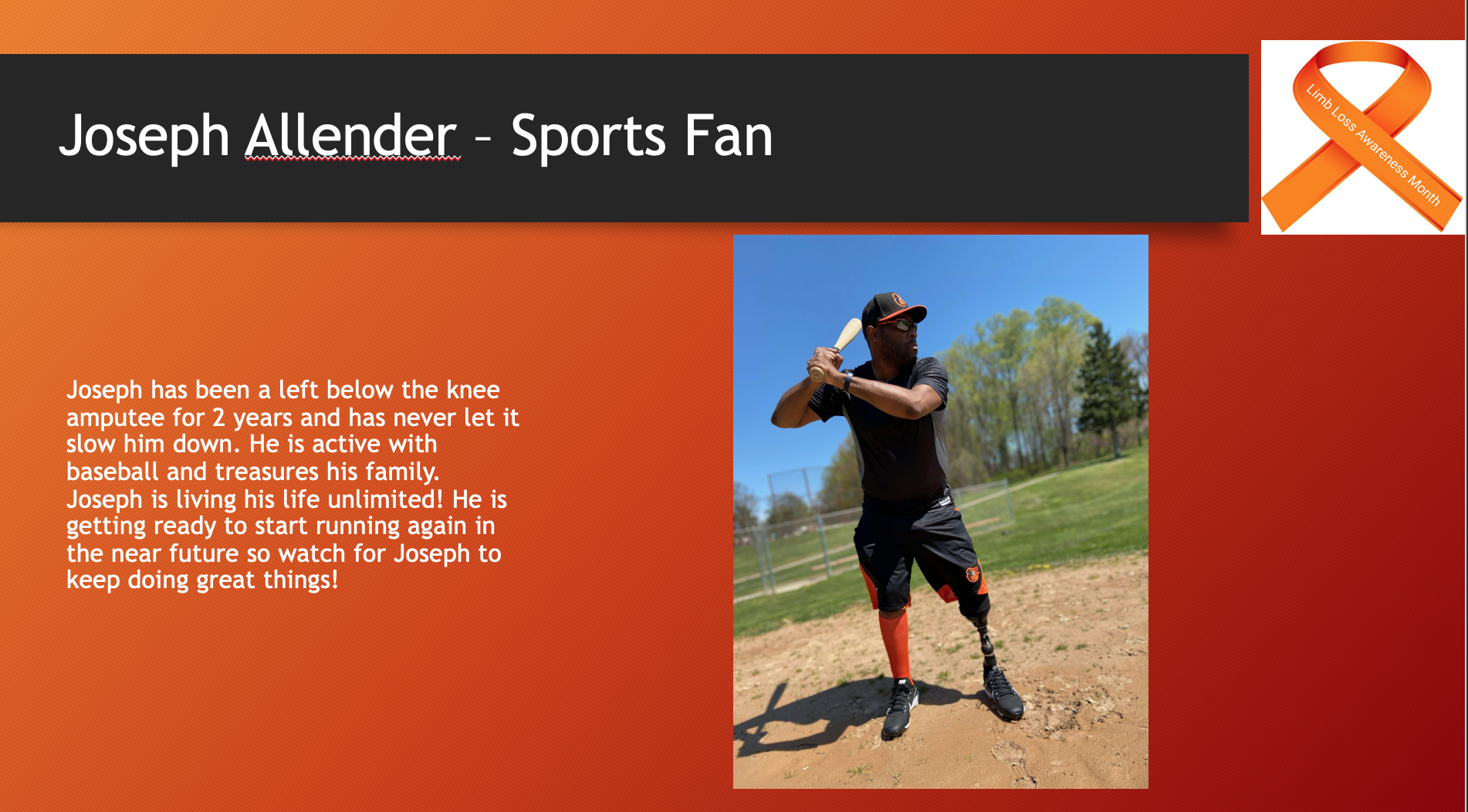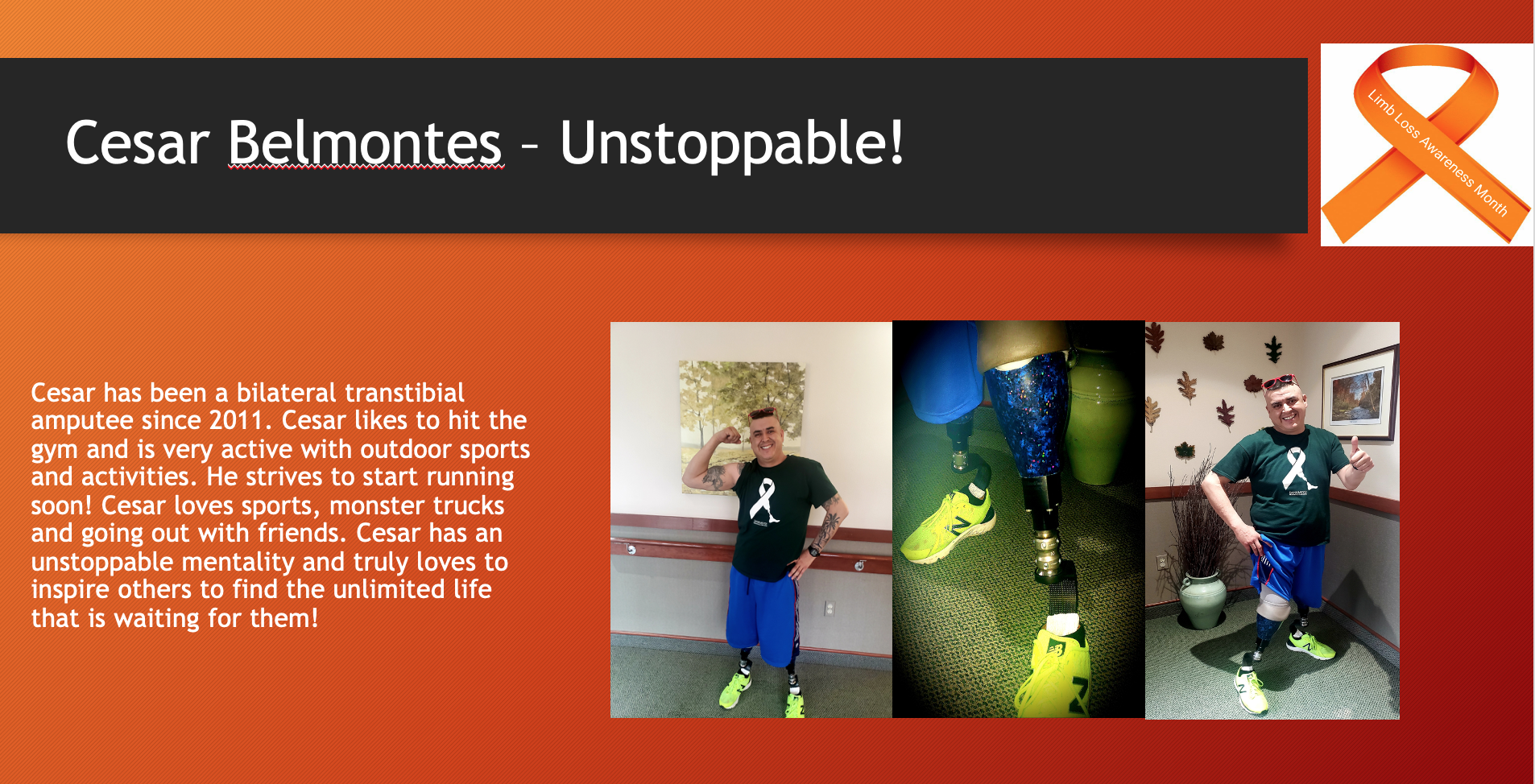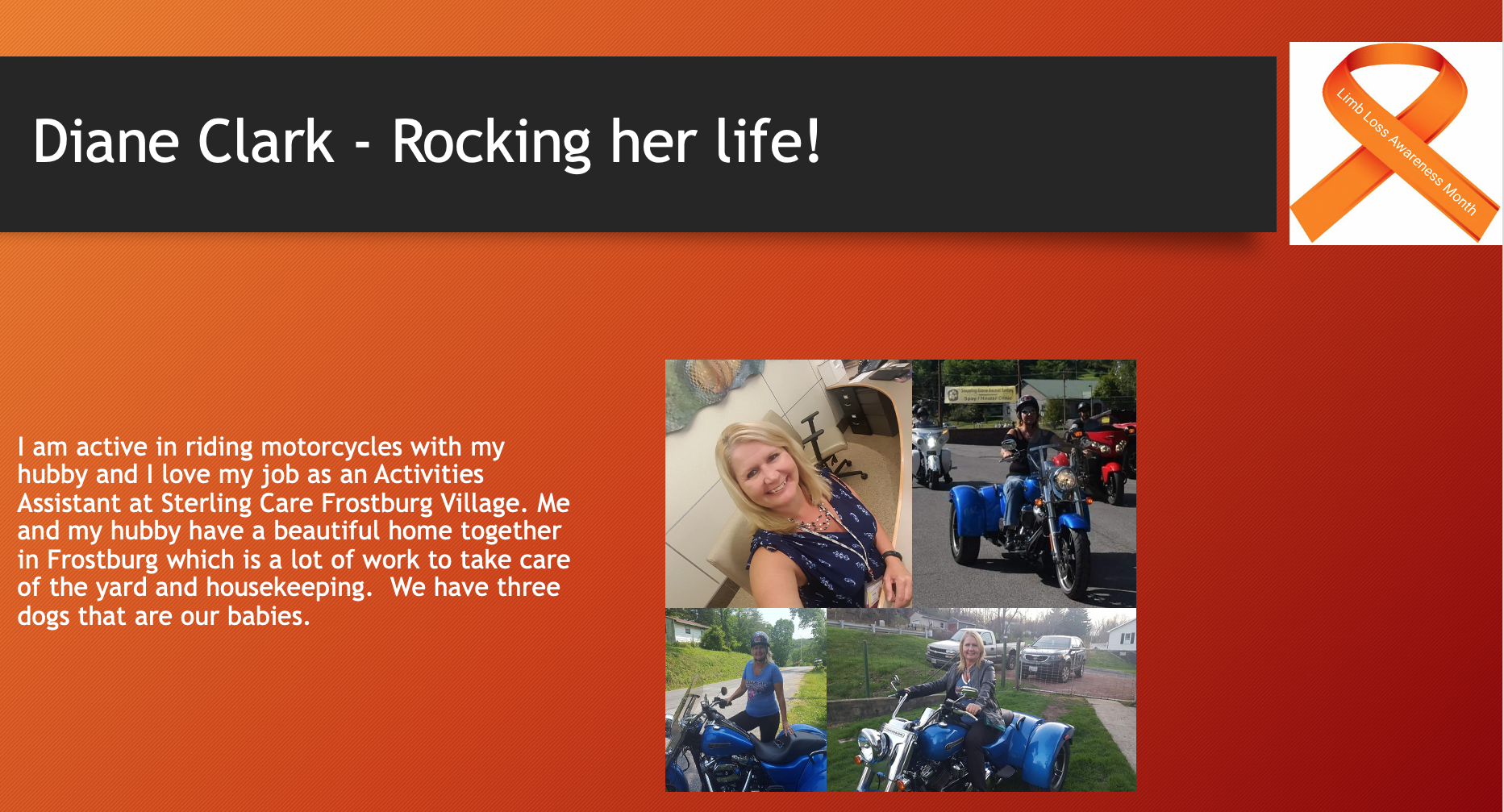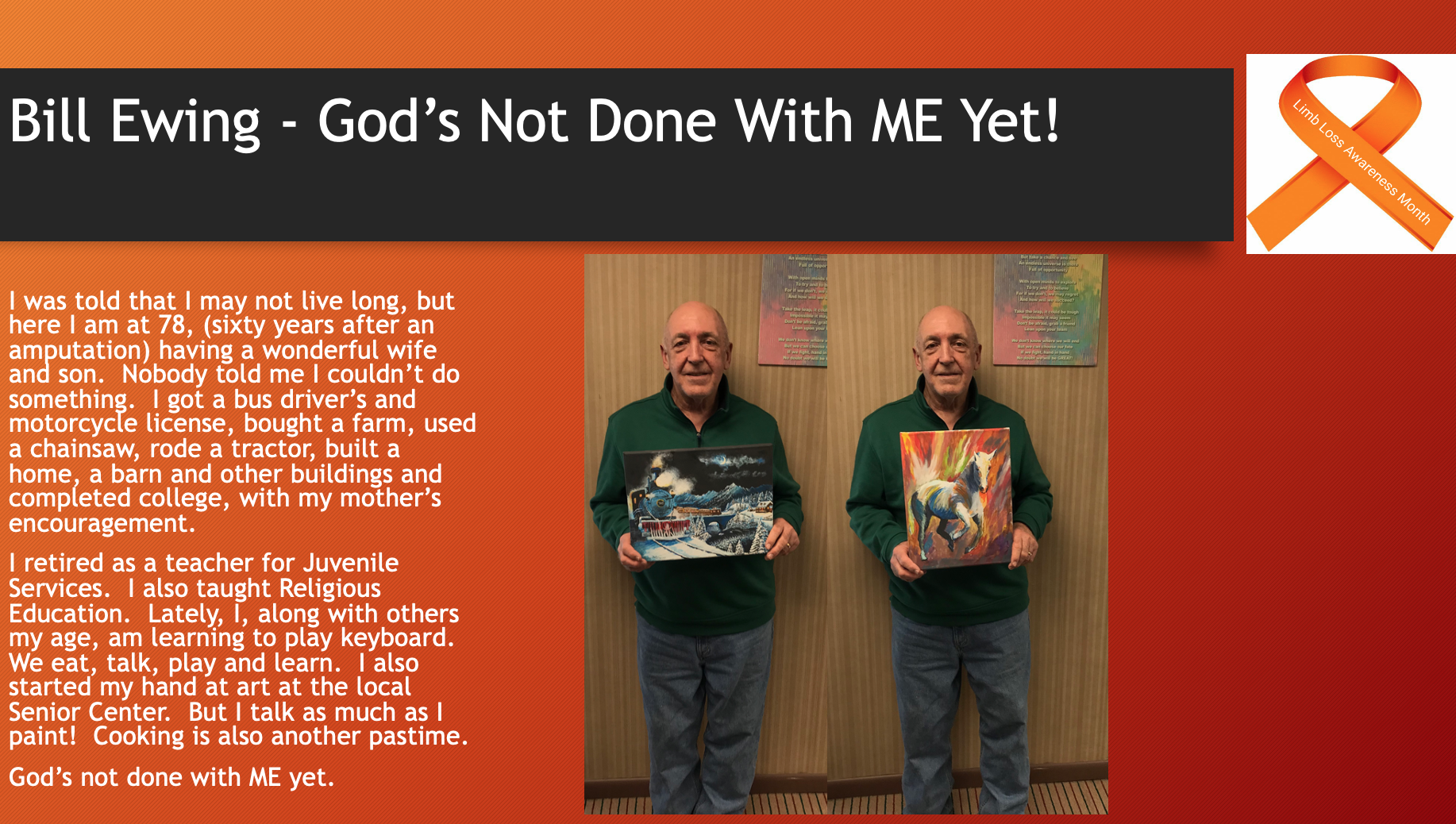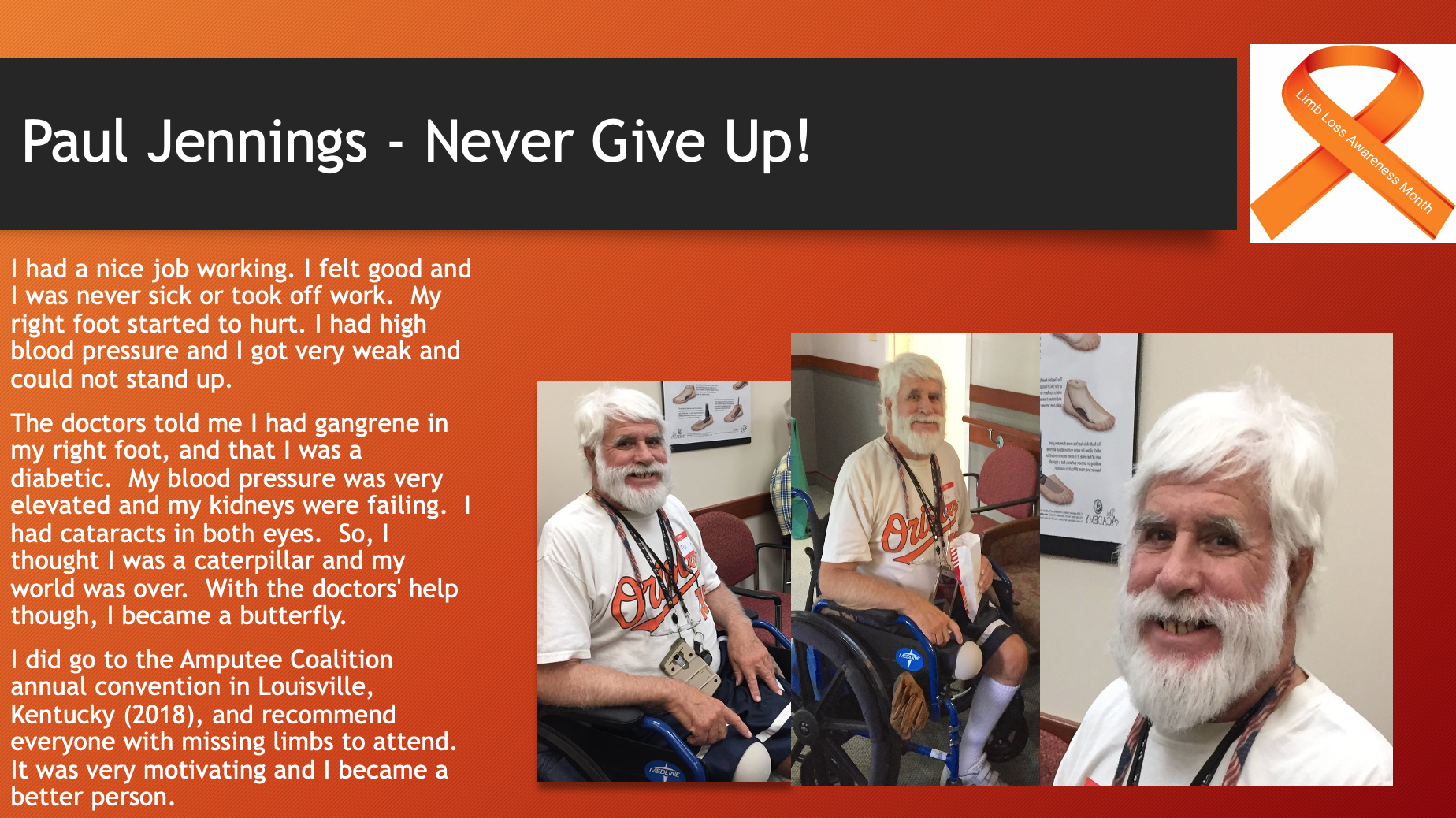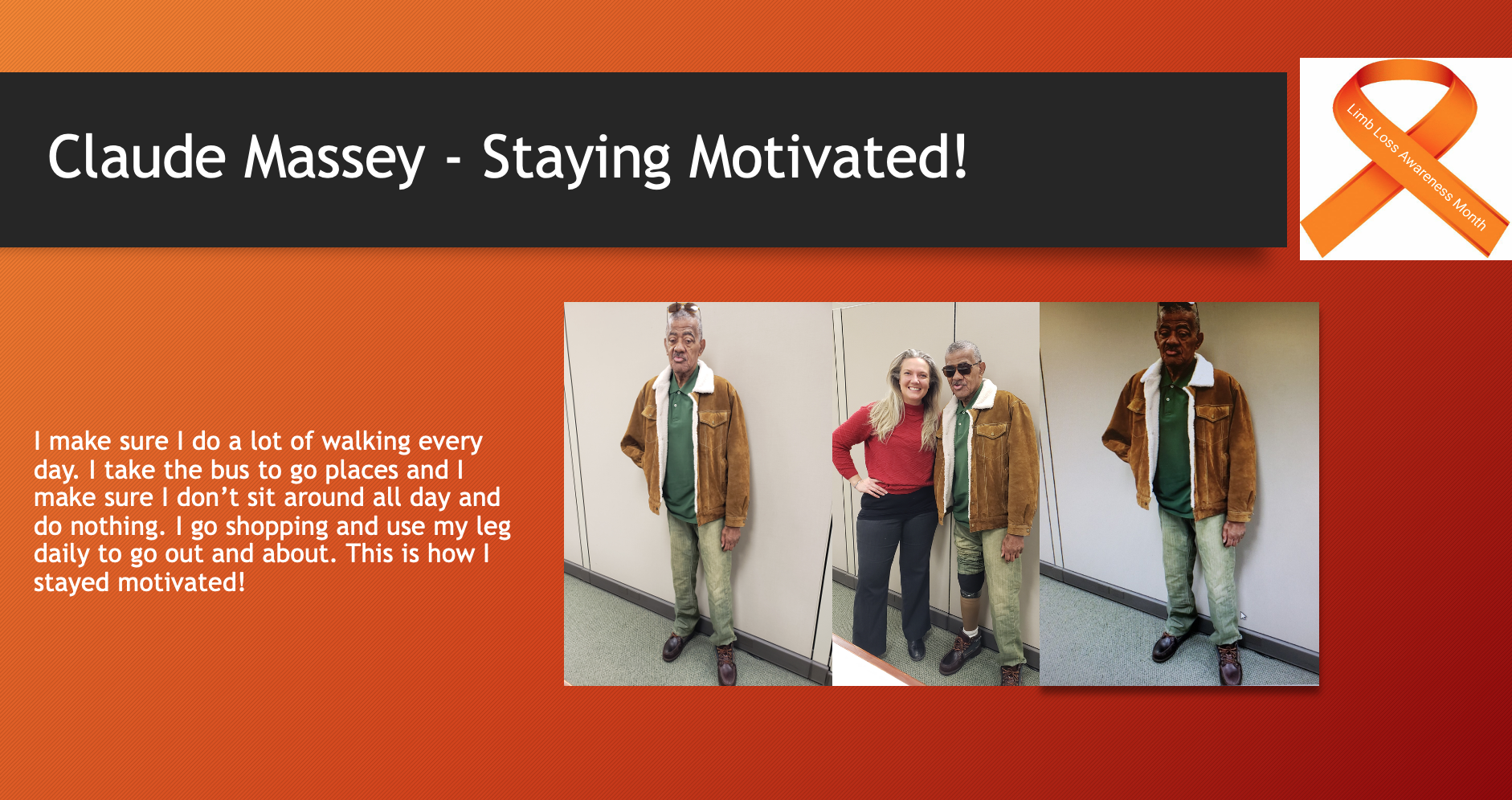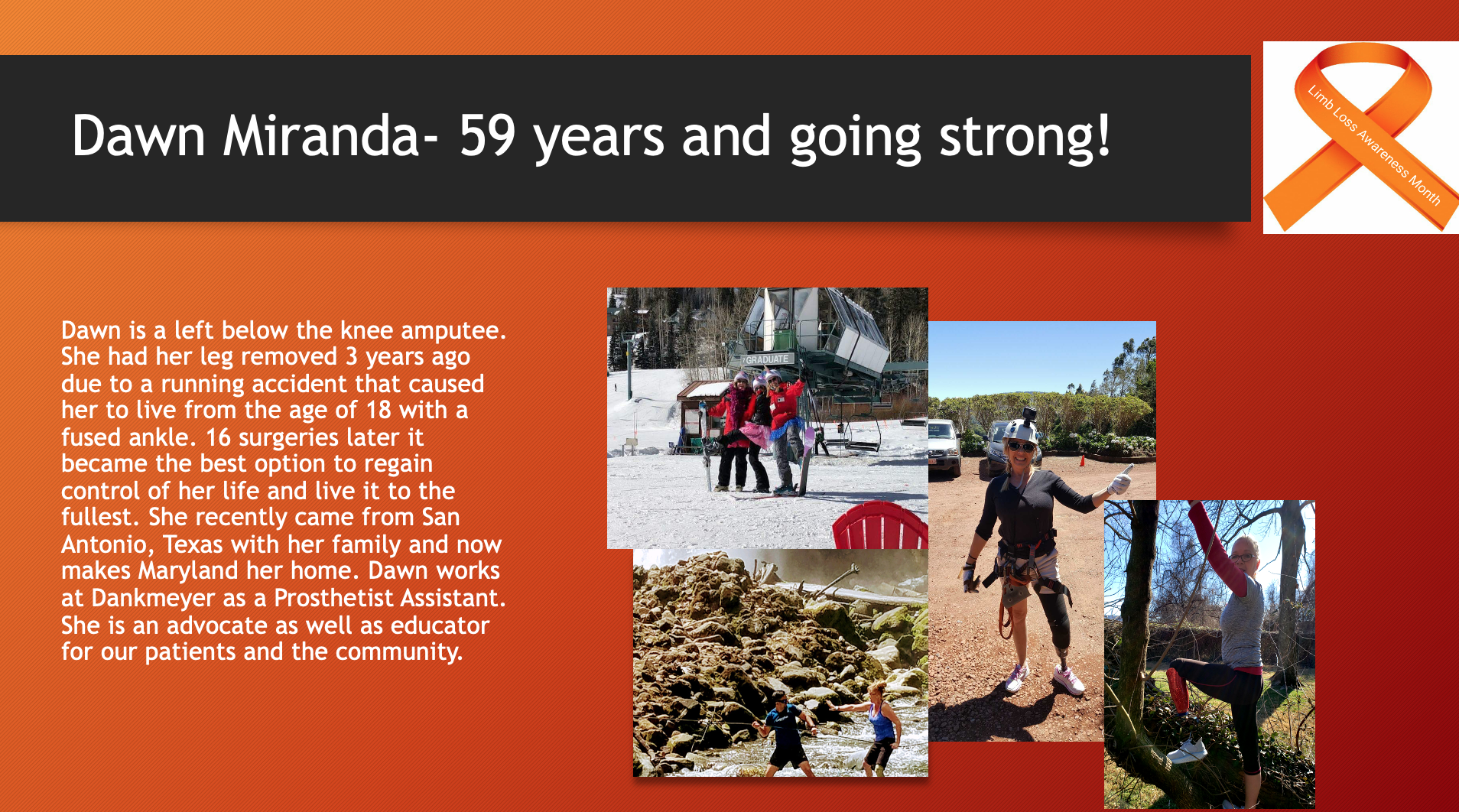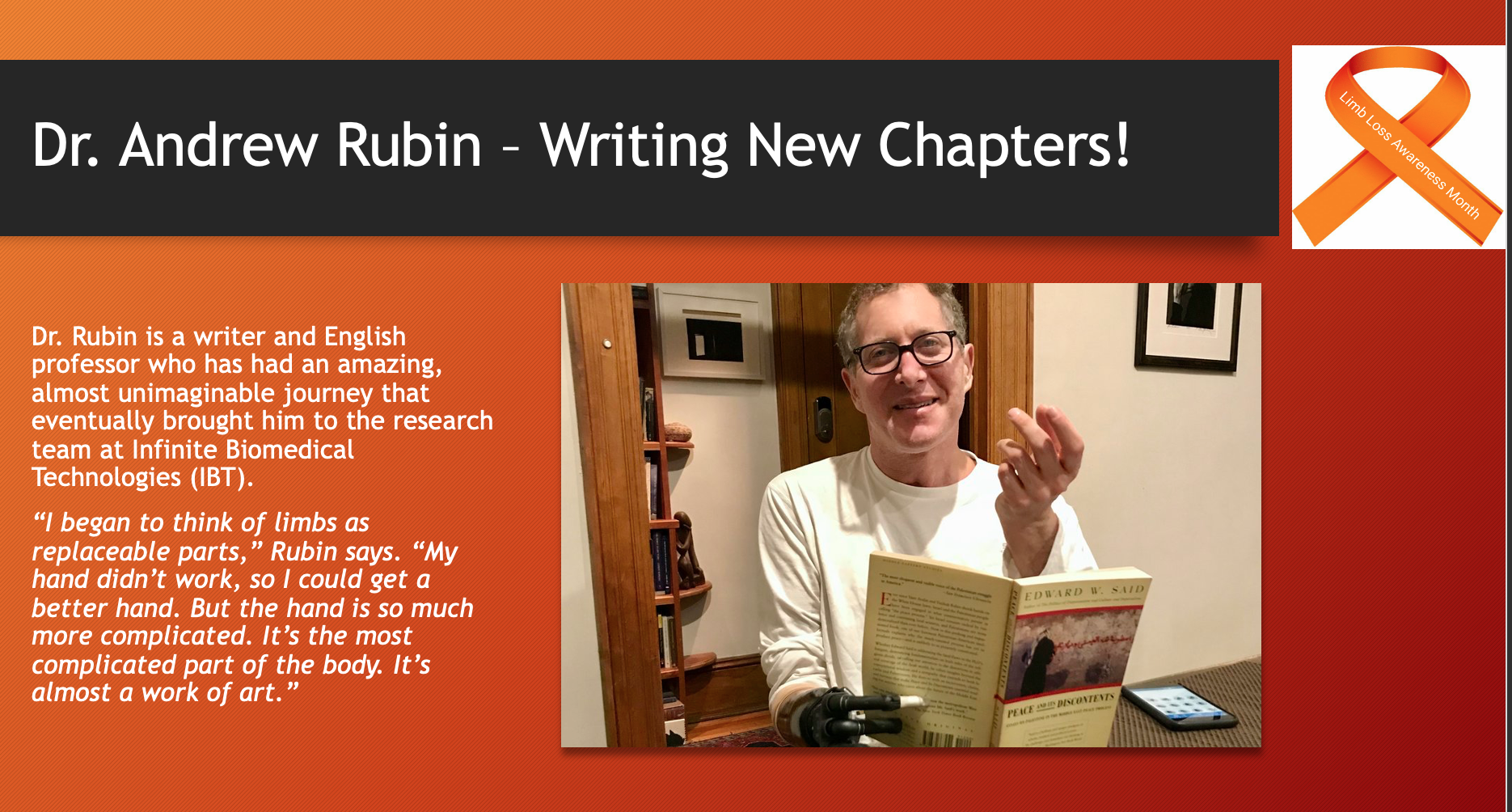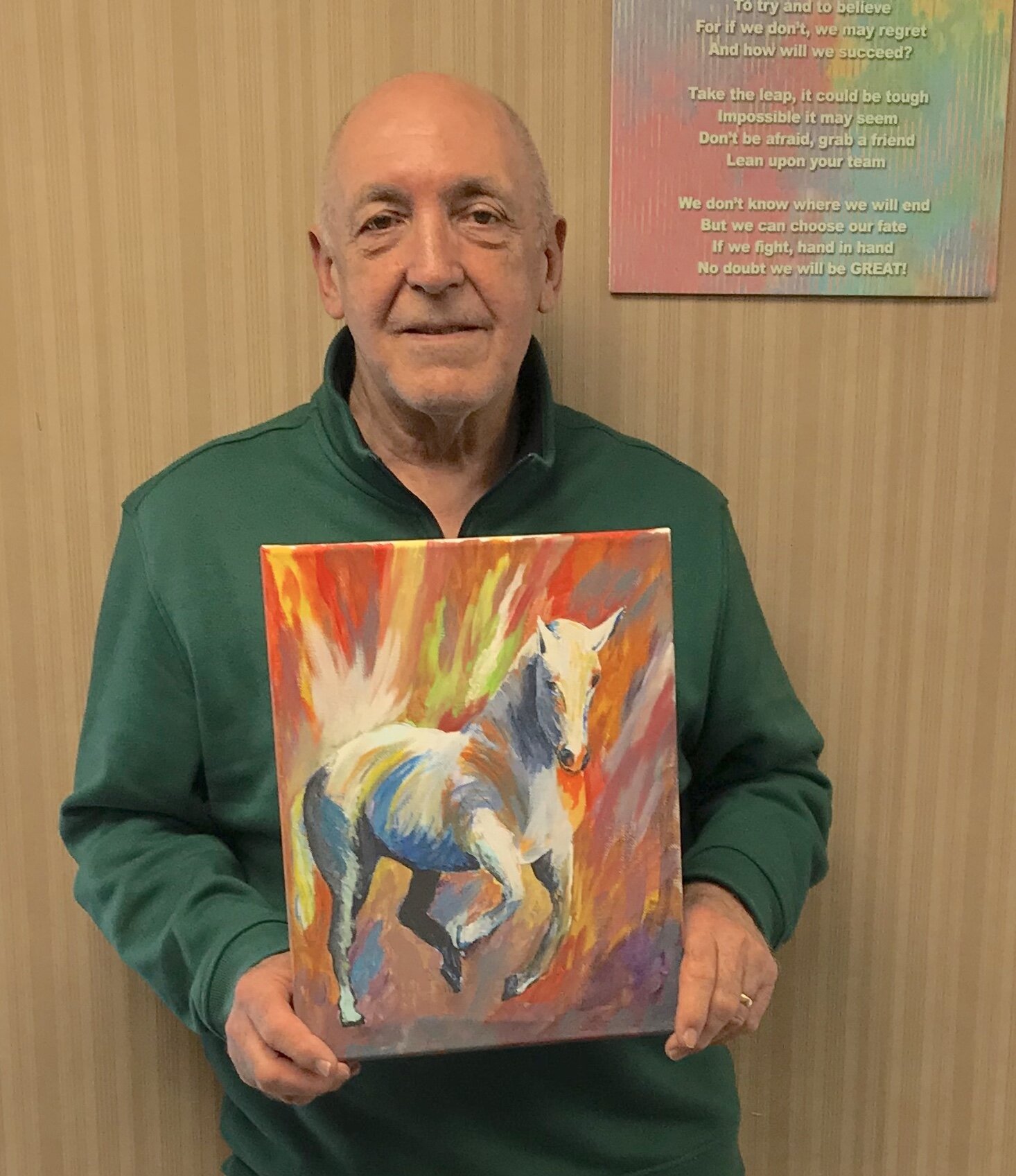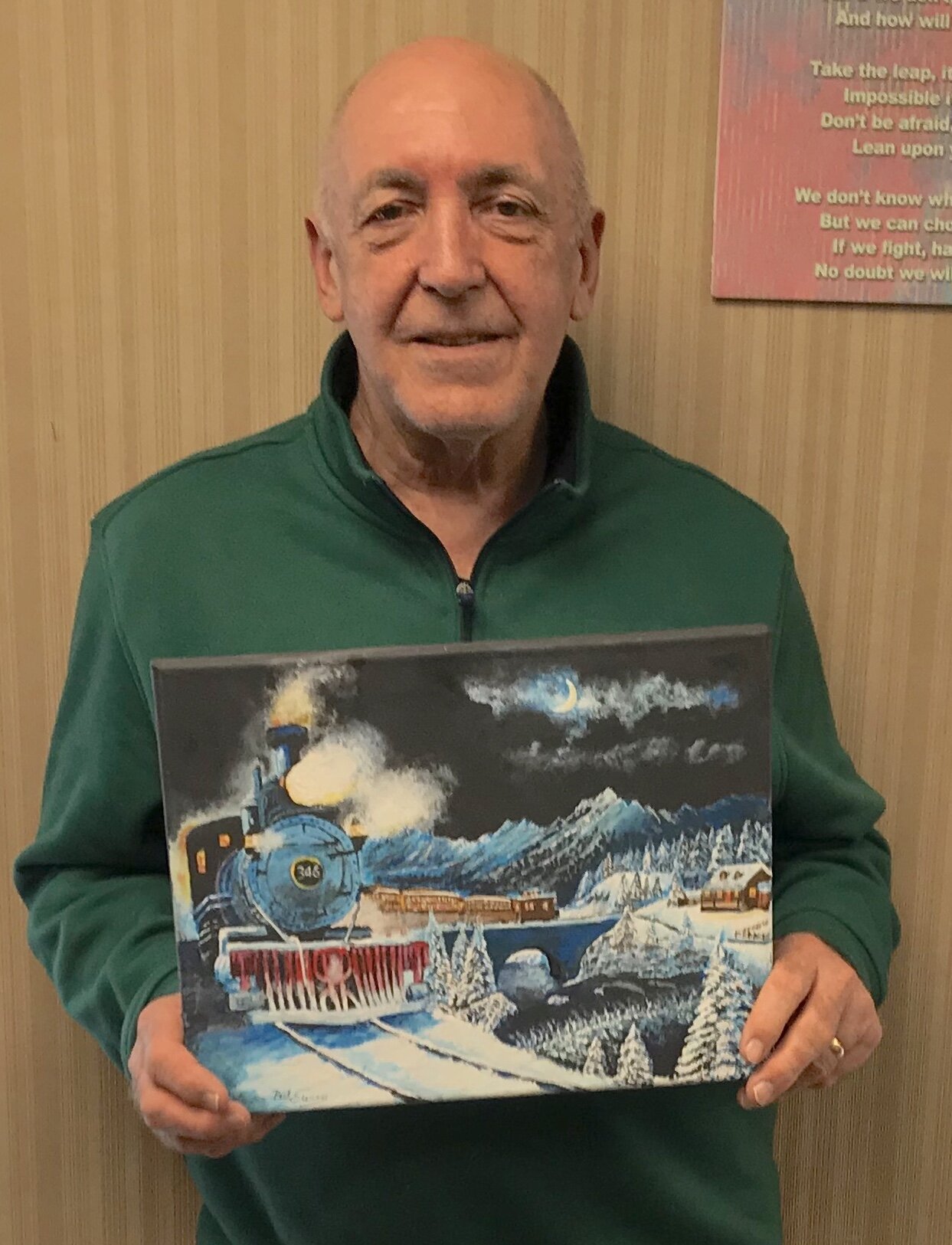The more I can move, maintain balance, and minimize harmful movements, the more I can appreciate life, expand my horizons, and maintain a good quality of life. These are the basic tenets which guide my own choices in how I live as a bilateral below knee amputee. I lost both legs below the knee while serving in the Marine Corps in Vietnam during the Tet Offensive of ’68. The Veterans Administration has been incredibly supportive and helpful in responding to my prosthetic needs. I recognize that not every amputee has the support I have received from the VA, my prosthetists, and family. I am quite fortunate in these ways which allow me to pursue my adventures and life.
For over 52 years, I have seen great strides in the development of prostheses. However, from a personal perspective, the most significant improvement has been the Pro-Flex foot. (The particular foot described is the Pro-Flex Low Profile Torsion version of the Ossur Pro-Flex foot family.)
The Pro-Flex foot has made movement potential significantly more diverse than with any previous foot I have had, including Flex foot and BiOM (from BionX and now known as Empower). More importantly, I have found that I have had to retrain my muscle memory built over the last 52 years since I was wounded. In fact, without thought or intentional effort on my part, I experienced a point at which I found myself using muscle memory from pre-1968. As a former athlete, it came quite easily.
I now wish to develop increased movement, improved balance, and a more “natural” way of moving. I have found that some principles and modified techniques from Tai chi have helped me in this effort. For example, as a bilateral below knee amputee, I found it almost impossible to balance on one leg and do anything else. Now, with these new feet, I do exercises which facilitate this ability along with movement of the hips and knees which I could not easily do before. I practice this, along with relaxation, multiple times a day. Whether I’m trimming a horse’s hoof (holding his hoof between my knees while filing or cutting) or carrying 50 lb. bags of grain, or pushing a wheelbarrow with 200 lbs. uphill, I focus on balance, directing energy to my legs, maintaining a good and solid base, and relaxation. I’m far more able to do these and more with relative ease because of this practice and increased foot mobility and balance dynamics.
I have a brother who has been practicing Tai chi for decades and he has provided some guidance on how to accomplish these practices. I have modified some of the routines due to the limitations of having prostheses, but they all focus on directing energy, maintaining good balance, being relaxed, and having a solid foundation. ( The Mayo Clinic has an excellent reference on Tai Chi. Click here.)
The ability of the “ankle” to move a few degrees has made achieving balance much easier than ever before. It also permits a flat foot on slight inclines. So significant is the articulation of the foot that I feel as if I have a “ball of the foot” to use for balance and power depending upon my movement.
Most importantly, I regularly focus on my movement and monitor what is happening allowing me to experiment. Further, I do exercises several times a day where I plant my feet shoulder’s width, turn from my waist and move it around in a circle facilitating greater flexibility. If I keep my shoulders in line with the front of my chest while turning and maintaining a solid foundation, I can more easily lift objects without doing injury. I then practice shifting weight from one leg to the other while doing these same movements. In this exercise, I place all my weight on one leg while the other is "empty." This permits me to reach or bend and pick up or leave objects, often with great weight, without straining. Upper body flexibility and strength is also part of my routine since it makes up for reduced capability of my “legs.”
At 73 years of age, I continue to lead a very active lifestyle and wish to continue to do so for some time to come. I wish to challenge my limitations, but respect them at the same time. I wish to not let my absence of lower legs limit my goals, but rather find alternative ways of achieving them or persist on their progress while paying attention to my health. As we all know, we must be able to determine whether or not discomfort or pain is leading to tissue damage so we know whether to block the pain and continue, or stop and pay attention to the issue causing the discomfort.
I believe the approach I describe above can be used by anyone. We all are different and have different ways of dealing with the world and our own circumstances. It’s important to know yourself and what is best for you. That way, you can modify techniques and approaches to what is best suited for you. It’s also important, in my view, that we stay healthy, balanced and strong.
